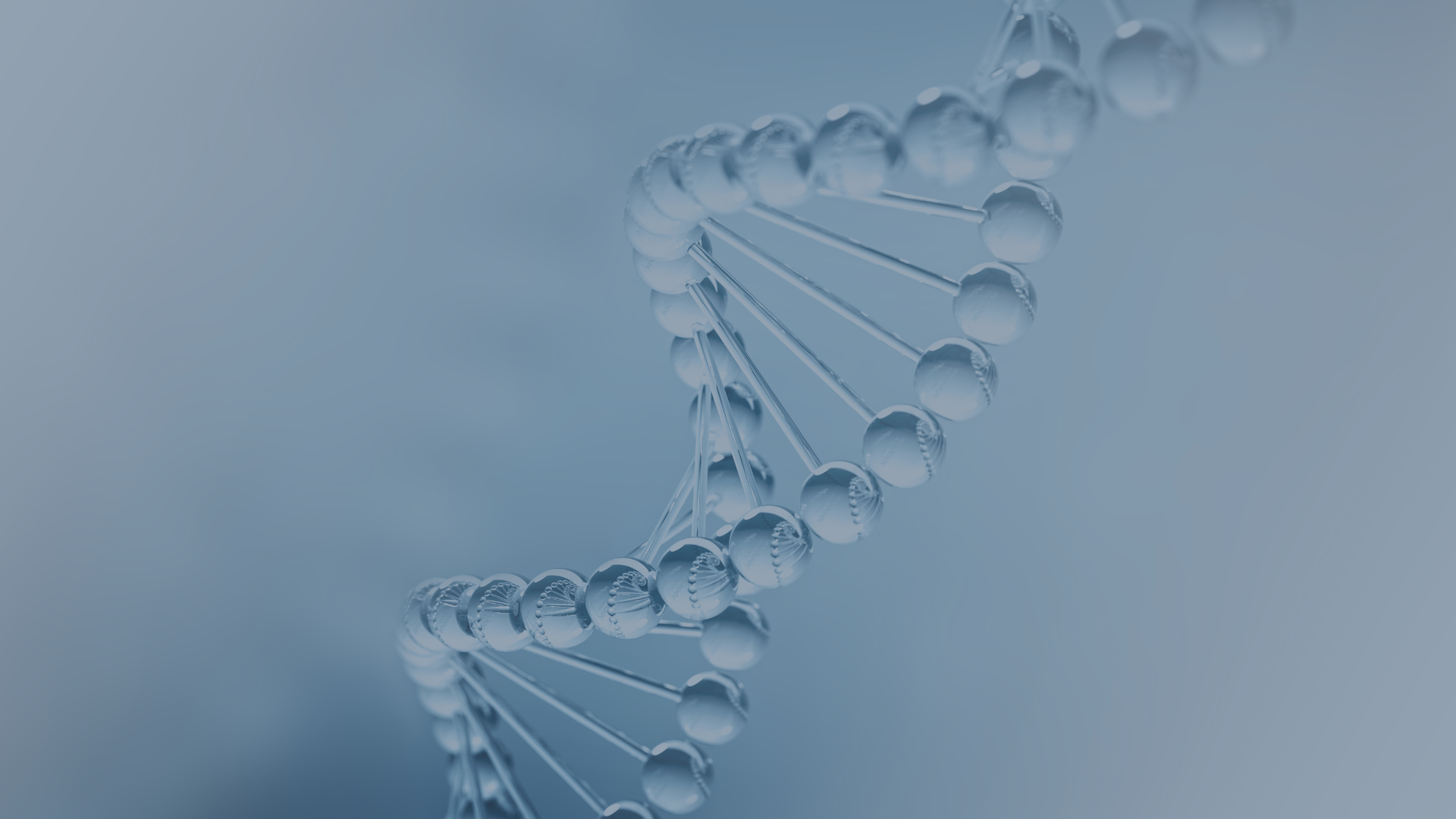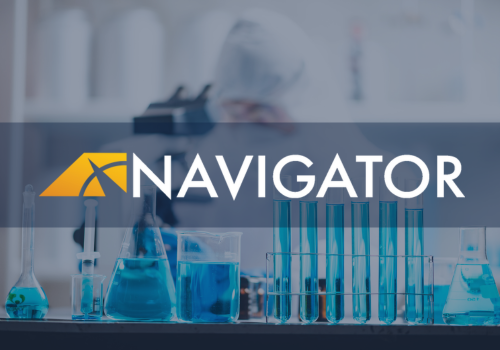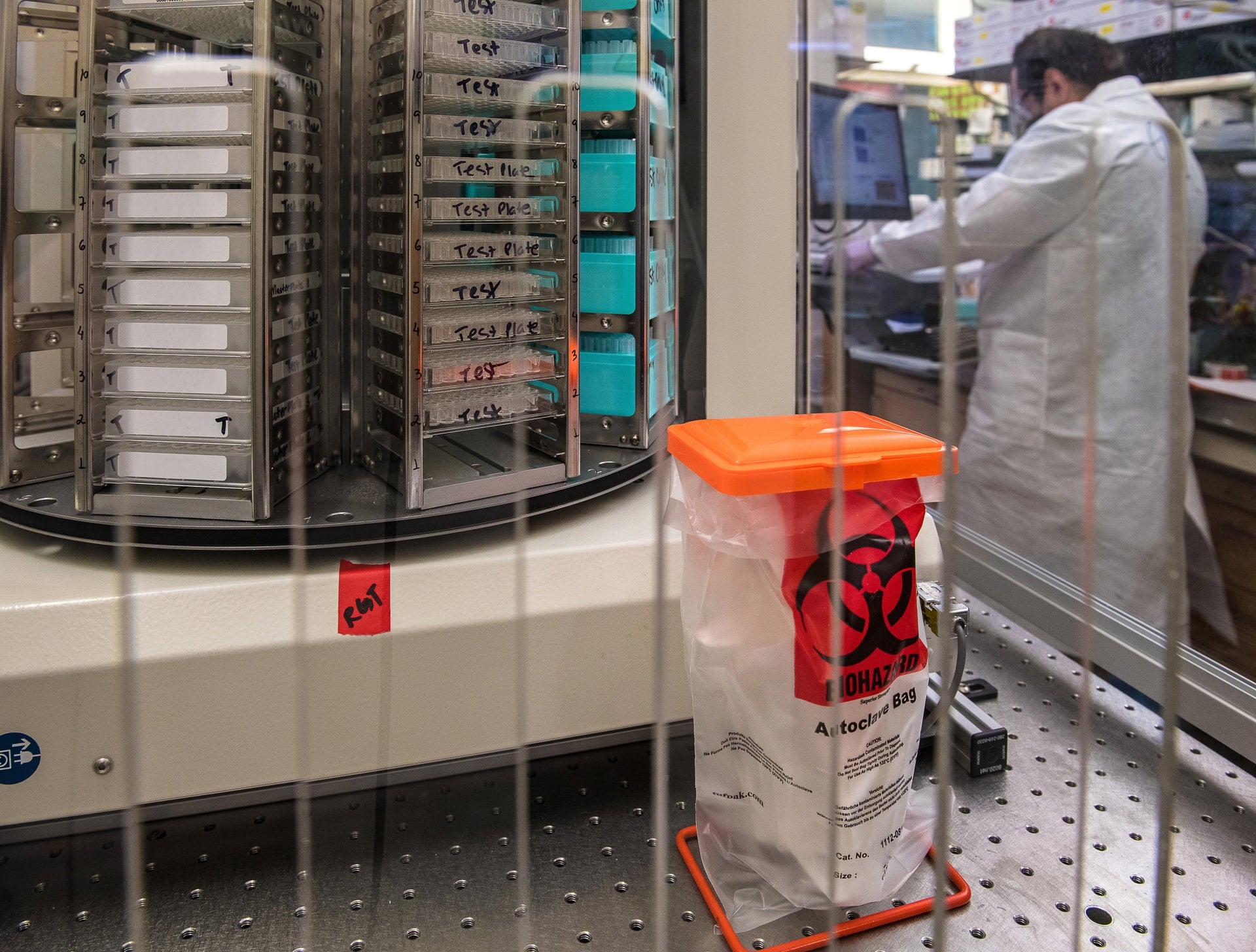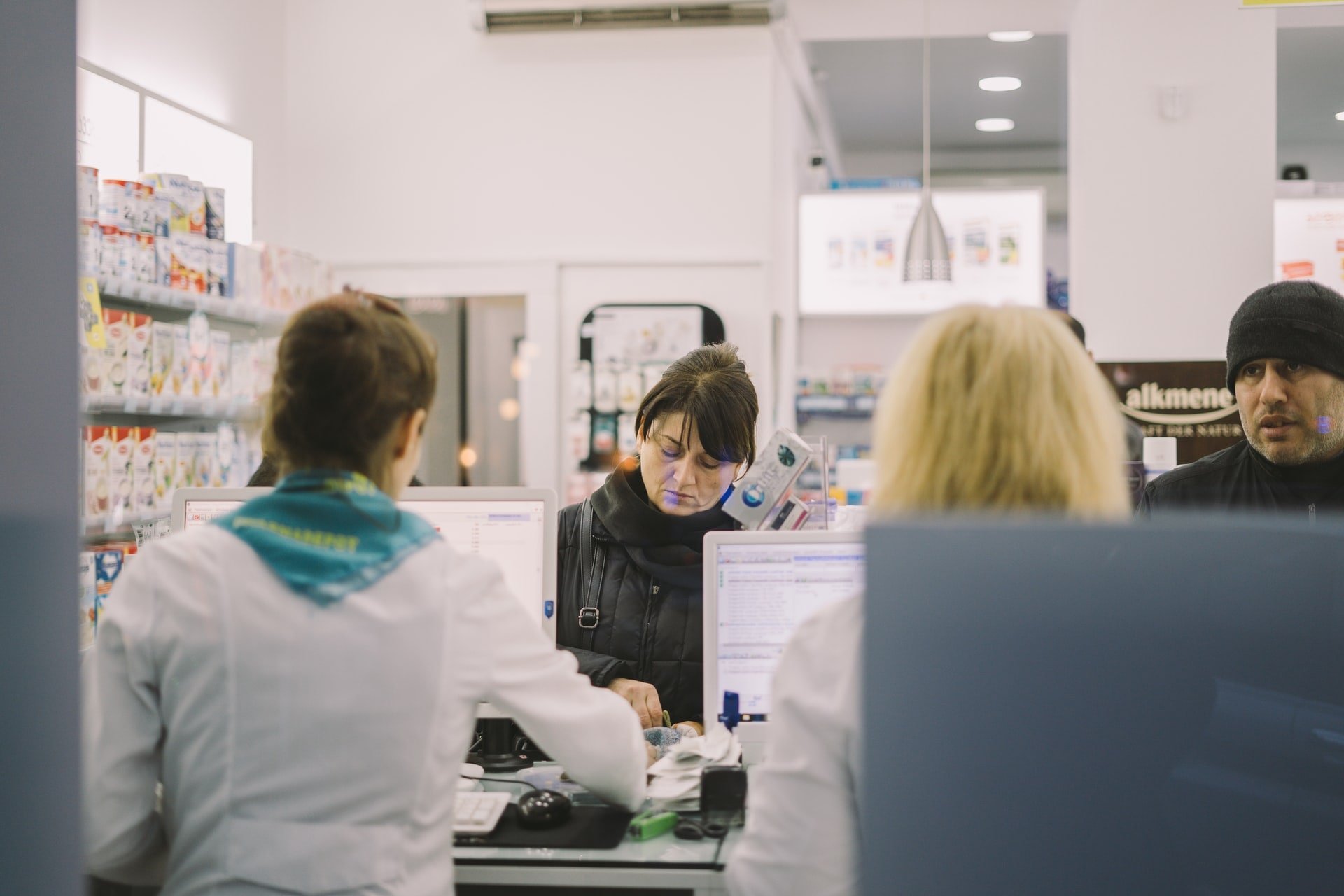Serialization in pharmaceutical packaging is the process of assigning and labeling a unique serial number for each product to be sold. This contains information about the product’s origin, batch number, and validity or expiration date.
In the United States, serialization, both at the unit and case levels, was made mandatory in 2017, requiring pharmaceutical companies to include it in their clinical trial supply chain optimization and drug commercialization strategies. One of the most efficient ways to fulfill serialization tasks successfully is by using enterprise resource planning (ERP) software like SAP Business ByDesign for Life Sciences from Navigator Business Solutions (NBS), the best pharmaceutical ERP in the industry.
How Does Serialization Work in Pharmaceutical Packaging?
Serial numbers in pharmaceutical packaging are generated from a random or sequential string of standard numerical identifiers defined within the regulations of each of their market countries. Many pharma companies use a serialized national drug code combined with a unique serial number.
Once these codes are created, the manufacturer prints the barcodes on the shipping box and each product. The labels also include the GLN (producer’s global address) and the GTIN (unique complement of products globally), the lot information, and the expiration date.
Depending on local laws, serialization may be applied in one, two, or all three main headings of a unit’s packaging. In the US (and India), serialization must be done on the primary packaging, since consumers can purchase products in this form.
In most countries, serialization is mandatory in the secondary packaging; this is typically the package that holds the individual units, like the medicine box. Serialization on tertiary packagings, such as bundles, cases, and pallets, is also generally required since this ensures maximum traceability.
Why Serialization Is Important in Pharmaceutical Packaging
Serialization allows stakeholders, such as regulators, manufacturers, distributors, and healthcare providers (and even patients) to control and monitor their pharmaceutical products. Here are some of the reasons why it’s important in the industry:
Improved Supply Chain and Distribution
The pharmaceutical industry deals with a lot of complex supply and logistics. Serialization enables them to increase their operational efficiency, enable supply chain visibility, and enhance inventory management. They have better governance over their entire supply chain.
Prevent Counterfeit Products
Serialization became mandatory primarily due to the spread of counterfeit drugs. Serialization allows the verification and authenticity of medical products, guaranteeing that they were sourced safely and legally and ensuring the safety of consumers.
Better Product Recall
If there’s a problem with a batch of products, it can be easily recalled thanks to serialization. Unique serial numbers can help stakeholders pinpoint the location of the products and work to get them back while being tracked for proper accounting.
Data Access
Serialization gives manufacturers access to big data on their products and their market. It can help you derive insights on where your consumers are and why they buy, as well as analytics on your manufacturing, logistics, and sales channels—all of which can help you make more informed decisions based on data-driven predictions.
Methods of Serialization in Pharmaceutical Packaging
There are two commonly used methods for serialization in pharmaceutical packaging: in-line and label serialization. Here’s a quick comparison of the two:
In-Line Serialization
Most major pharmaceutical companies around the world use in-line serialization. In this method, the serialized codes are automatically printed directly on the product packaging as it goes through the production line. These are then scanned to activate the product and tagged for grouping.
Label Serialization
Most small to medium pharmaceutical businesses employ label serialization since they don’t have automated production lines. In this method, sticker labels with the serial codes are automatically (through a labeling machine) or semi-automatically (with a hand-held labeling device) applied to the products.
Serialization with SAP Business ByDesign for Life Sciences
Serialization is a crucial aspect of drug production, distribution, and commercialization, and it requires the use of sophisticated software to get right—like SAP Business ByDesign and SAP S/4HANA Cloud, Public Edition for Life Sciences from Navigator Business Solutions. This is an all-around platform capable of running your entire operation with great efficiency and transparency, and you can use its tools to automate and centralize your serialization processes to ensure that all systems are aligned and coordinated.
Find out how you can use Cloud ERP for Life Sciences by getting in touch with a representative from Navigator Business Solutions today.







